England’s only natural World Heritage Site
The Jurassic Coast is England’s only natural World Heritage Site. It stretches 95 miles, from Orcombe Point near Exmouth to Old Harry Rocks near Swanage.
The Jurassic Coast is England’s only natural World Heritage Site. It stretches 95 miles, from Orcombe Point near Exmouth to Old Harry Rocks near Swanage.
The Jurassic Coast is England’s only natural World Heritage Site. It stretches 95 miles, from Orcombe Point near Exmouth to Old Harry Rocks near Swanage. The rocks, fossils and landforms of the Jurassic Coast reveal 185 million years of Earth history, covering the entire Mesozoic period, which includes the Jurassic era. It was officially inscribed on the UNESCO World Heritage List in December 2001, joining a global family of outstanding places as diverse as the Taj Mahal and Victoria Falls.
The Jurassic Coast is a wonderful place to visit and there is a lot more to it than rocks! However, it is those rocks which allow us to learn and explore ‘deep time’, and explore the age of giant marine reptiles and dinosaurs.
“The present is the key to the past”.
Fossil hunting is a 200 year old activity along the Jurassic Coast. Finding your own fossil and knowing that you are the only living person ever to have held it is a unique and special experience which appeals to all ages. Fossil collectors throughout history have made extraordinary discoveries which have directly influenced our understanding of the Earth and prehistoric life. Perhaps the most famous fossil collector of all time, Mary Anning, was from Lyme Regis. Her findings in the early 1800s changed scientific thinking and contributed to Charles Darwin’s theory of evolution.
The geology of the Jurassic Coast continues, of course, inland too and underpins the land that makes up the Dorset National Landscape. It gives rise to the natural beauty and diversity of the inland landscape, including the flora and fauna, the local building stone and even the local food and drink produced.
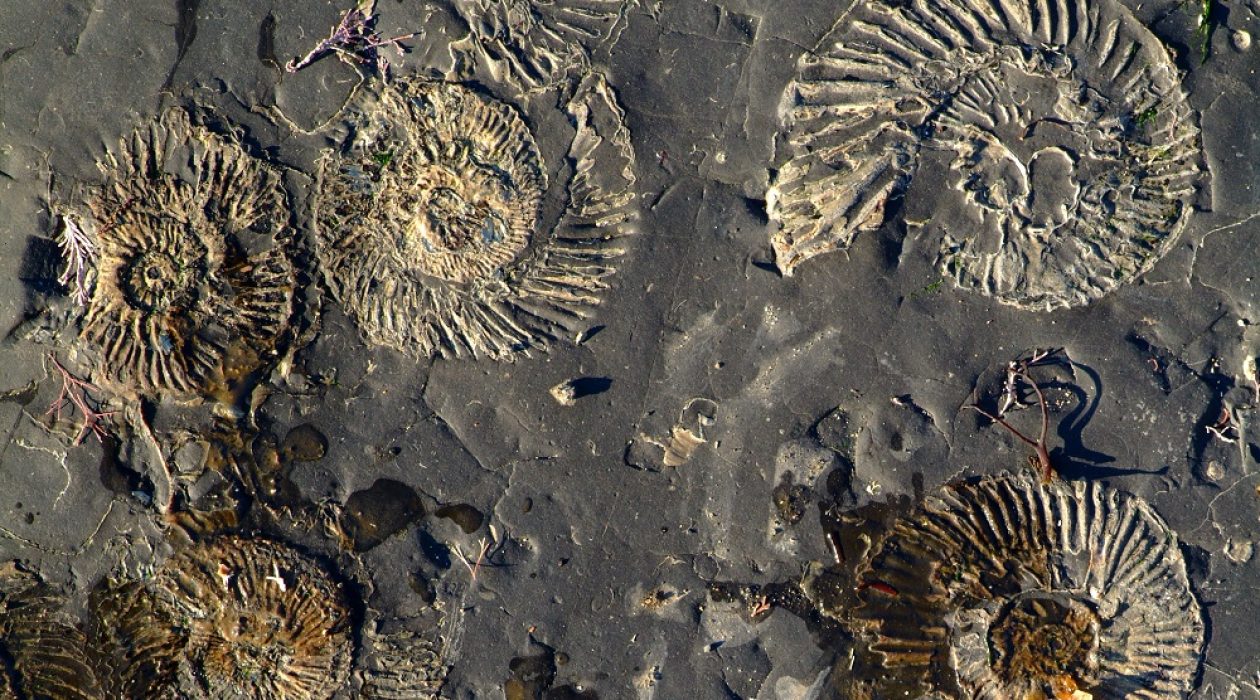
Mary Anning knew that it was important to search for fossils responsibly and you should do the same:
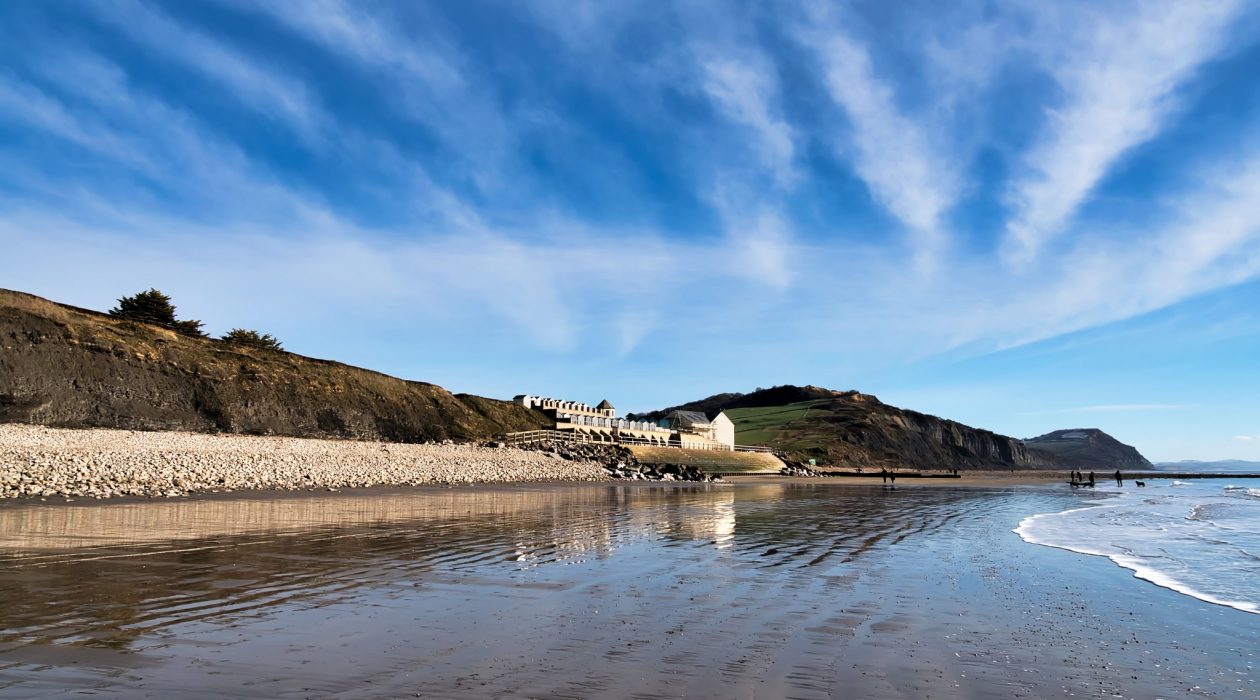
To find out more about the geology and places to explore, it’s worth a visit to the many museums and visitor centres along the Jurassic Coast.
Most have geology galleries and displays of local fossils. Charmouth Heritage Coast Centre and Lyme Regis Museum run regular guided fossil hunting walks.
You can find plenty more information online:
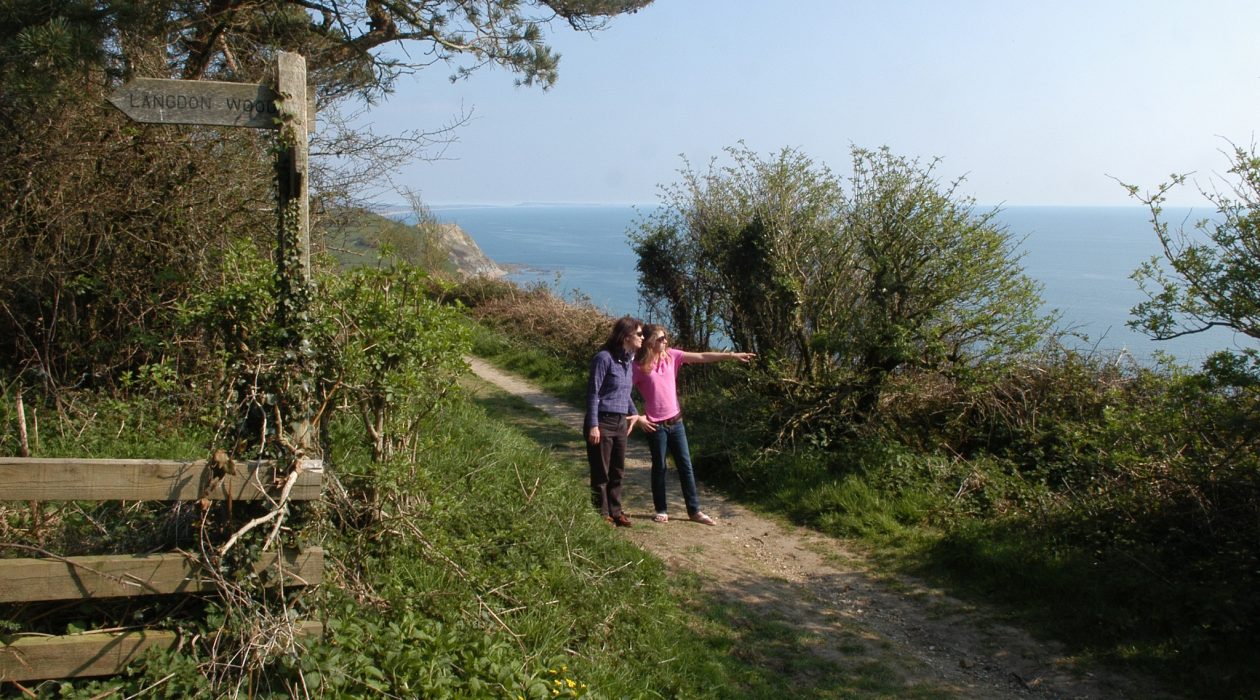
Dorset National Landscape together with the Jurassic Coast Trust have pulled together a series of short walks for you to enjoy all of which start and finish at bus stops along the Jurassic Coaster bus route in West Dorset.
Hop on, Hop off! Leave the car behind, relax and enjoy the views from the top deck while you travel.
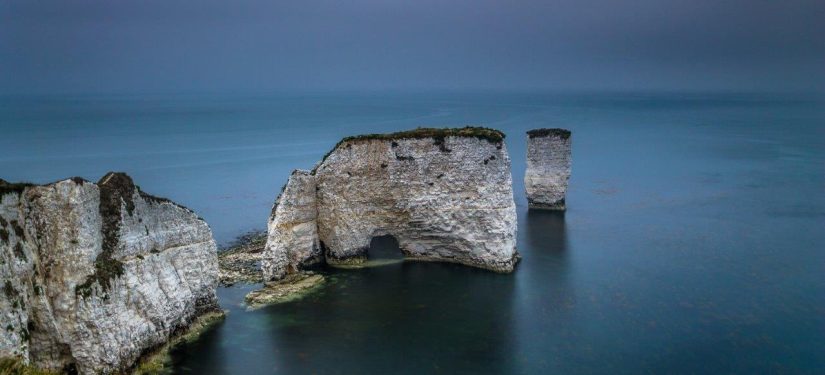
Amazing coastal views, Good for walking & families
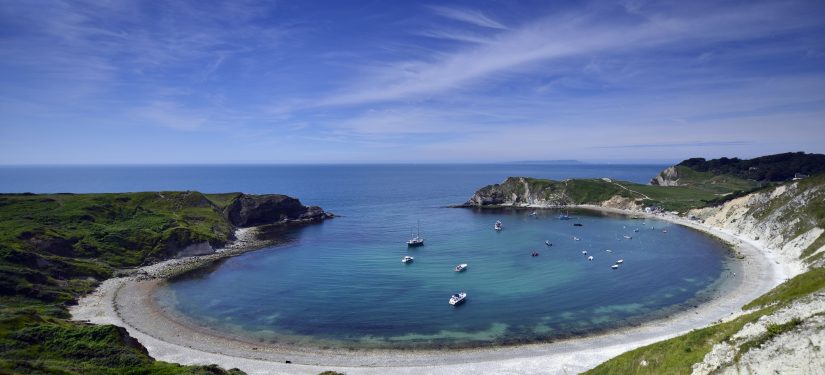
Great for geology, Good for walking & families, History & heritage, Great views

Great for a day out
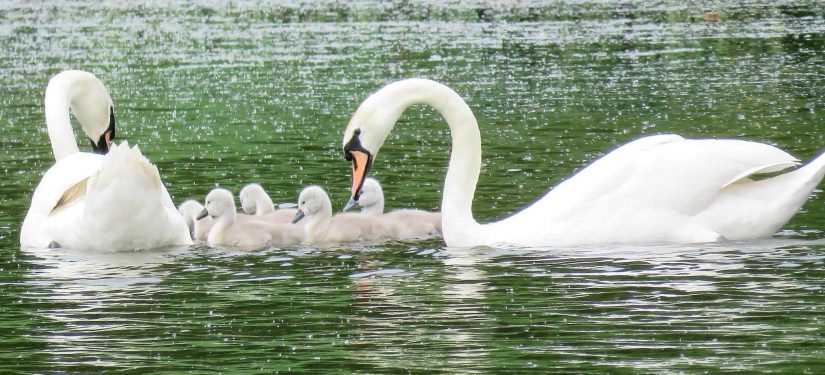
Wonderful wildlife
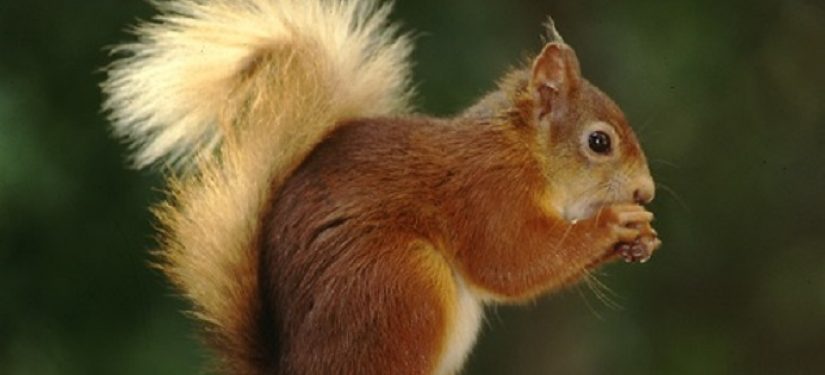
Brilliant for wildlife, Good for walking & families
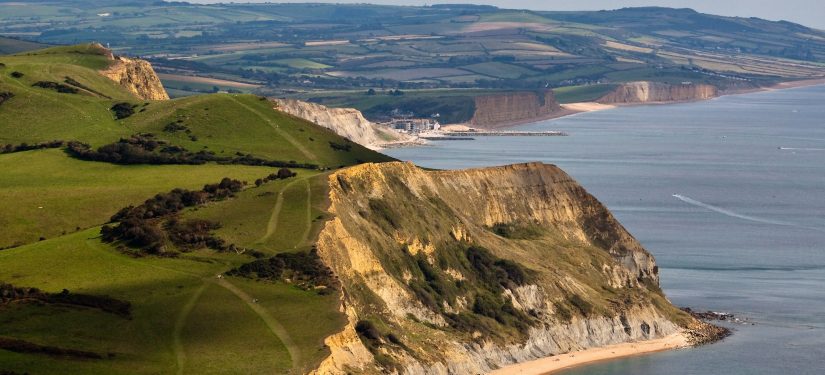
Great views, Jurassic Coast
The highest point on the south coast and part of the National Trust's Golden Cap estate.
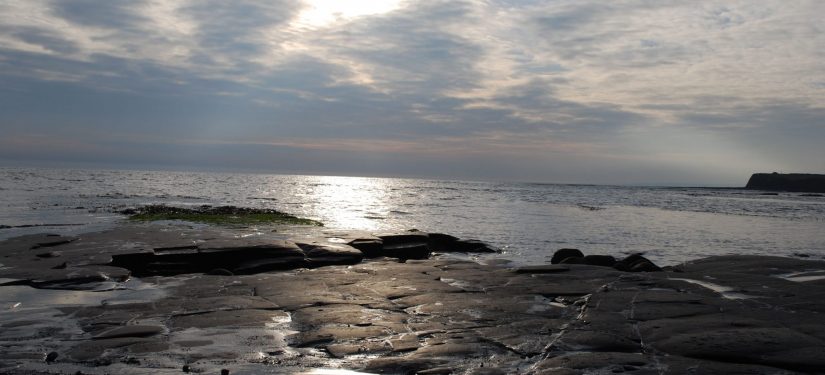
Great for sealife & geology, Good for walking & families, Wildlife, Great views